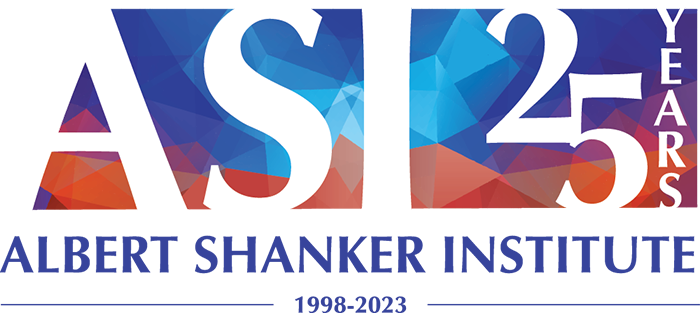Reading Policy, the Wind and the Sun
There is a well-known tale about the Wind and the Sun who once debated who was stronger. They agreed that whoever could make a traveler remove his coat would win. The Wind went first, blowing with all his might, but the harder he blew, the tighter the man wrapped his coat. Exhausted, the Wind gave up. Then the Sun shone warmly on the traveler, and as the air around him grew warmer, the man loosened his coat and eventually removed it entirely.
What does this story have to do with reading policy?
At the Shanker Institute, we have been cataloging literacy laws enacted since 2019. Over the years, we have observed an increase in the prescriptiveness of these laws—for example, states are increasingly banning three cueing -- at least 14 states include such language in their laws. Simultaneously, and perhaps relatedly, opposition to the science of reading seems to be on the rise. I find myself thinking that perhaps these attempts to change instruction with the force of the law are akin to the Wind in the story, causing some educators to feel their professional autonomy is challenged, leading them to rely more heavily on familiar practices. Are there sun-like influences shaping the discourse in ways that might help teachers to lower their fences and become more receptive to new knowledge? I believe so.
